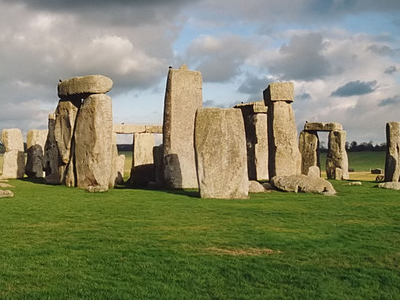Once again, I missed it. Oh, we remarked on the solstice and the longest day, but we didn’t celebrate it. I’ve always wanted to celebrate like they do in Scandinavian countries with picnics and bonfires and dancing around Maypoles. But what I really want is the fantastic spread of food associated with summer solstice. The menu usually includes many of the foods I love—salty, seafood, spreads, etc. It is, after all, a holiday that began in Sweden. And just for your calendars, depending on the tilt and rotation of the earth it can be anywhere from June 20 to June 22, but traditionally is celebrated June 24. The confusion in dates has something to do with old calendars, but I’m not going to try to explain it here.
This
year, belatedly, I came across a menu that really spoke to me. I follow an
online column called The Food Historian, by Sarah Wassberg Johnson, whose maiden
name is a giveaway: she’s of Scandinavian descent. And she apparently gives a
huge party for thirty or more people every year. This year, she published her
menu and I’m sharing it with you, with due credit : The
Food Historian Blog - THE FOOD HISTORIAN
Appetizers:
Deviled eggs; Fresh Pea Spread; Mushroom
Pâté; Goat cheese; Creamed Pickled Herring; Rye Crackers
Sides: Dilled Potato Salad; Scandinavian Cucumber Salad; Pickled Beets;
Pickled cucumber
Open Faced Sandwiches:
Salmon Cucumber Salad on White; Dill
Havarti and Summer Sausage with Cucumber on Rye; Ham and Jarlsberg on
Pumpernickel with Lingonberry Jam; Ski Queen Brunost on Rye with Strawberry Jam
Dessert:
Sandbakkels Small and Large with Jam and Whipped Cream; Midsummer Rice Pudding
with Raspberry Sauce; Rommegrot Ice Cream
Drinks:
Rhubarb Gin & Tonics; Elderflower Punch.
Now, I’m not saying my dream midsummer menu would have all these
choices. I’m not much on those sandwiches, except the salmon and cucumber,
which I’d love. I’d fix the dill Havarti and summer sausage but leave out the
cucumber, and I’d pass on the brunost, which translates to brown cheese. And it
is very brown apparently. It’s made from leftovers of the cheesemaking process,
boiled down until caramelized, and then shaped in blocks. Considered a good
breakfast food. Not being a dessert fanatic, I’d probably pass on those too.
But, oh could I make a meal of those appetizers and sides! When
I was young and in Chicago, we went to a wonderful restaurant called the Kungsholm
and housed in the mansion built by inventor and businessman Cyrus McCormick—think
Harvester International. But back to food—the Kungsholm had an enormous buffet
featuring all the foods from Johnson’s menu plus more in three stages: the cold
appetizers, the hot dishes (such as veal), and dessert. I remember particularly
the caviar, huge bowls of it. When I was newly married, my husband kept going
back for more caviar, until my mother exclaimed she’d never seen a person eat
so much of it. I’m sure the Kungsholm is where I developed or refined my taste
for Scandinavian food. And a bonus: after the meal, you could attend the puppet
opera. What I know of opera also comes from those trips to the McCormick
mansion. But I digress from food.
If I had to pick one recipe from Sarah Johnson’s menu, I guess I’d
choose:
Open-faced salmon cucumber sandwiches
For a small group, halve this recipe.
2 cans (5
oz. each) salmon
1 cup
finely chopped English cucumber
2
scallions, sliced
fresh
dill, minced
lemon
juice or white wine vinegar
salt and pepper
1
tablespoon Dijon mustard
Mayonnaise
to bind
Butter
Drain and
flake the salmon, then stir in the cucumber, scallions, and fresh dill. Add
salt and pepper and a splash or two of lemon juice or white wine vinegar and
toss to coat. Stir in Dijon mustard and mayonnaise to coat.
Lightly butter enough thin baguette
slices or cocktail rye for your party. Spoon salad onto buttered breads.
You can
use tuna in this recipe instead of salmon, if you prefer. You can also use
leftover grilled, poached or roasted salmon, but remember that it will be
higher in fat content than the canned which will change the flavor. Canned
salmon will provide a milder taste than either tuna or fresh fish.
You can
find more of Sarah Johnson’s midsummer recipes at The Food
Historian Blog - THE FOOD HISTORIAN
SKAL!


No comments:
Post a Comment